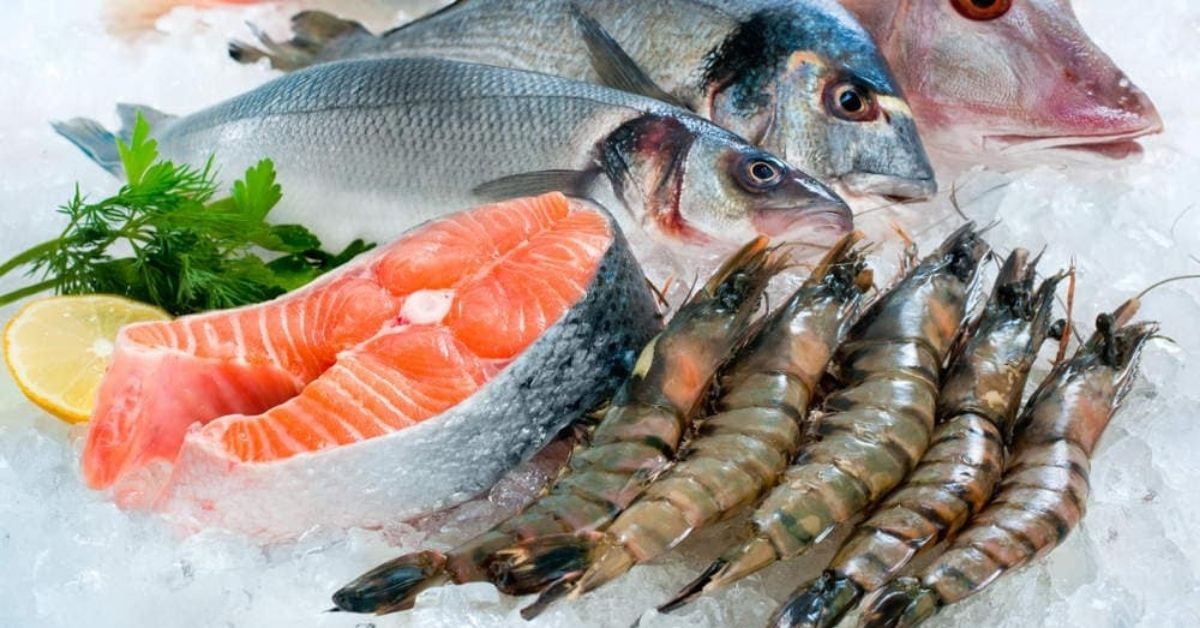From the rising diesel price to shrinking supply of local raw materials for processing are hurting the seafood export industry in Kerala, which directly and indirectly employs thousands of people and earns around ₹6,500 crore annually in exports.
Another round of elections to the State Assembly is an opportunity to think of the negative and positive developments in the past that have affected the industry, the fortunes of which depend largely on wild catch now as well as imports from neighbouring States.
The industry suffered major setbacks in the year of the COVID-19 pandemic during which operations came to a standstill, fishing harbours closed and movement of workers was totally banned. The labour strike at the Colombo port as well as scarcity of containers in the later half of 2020 further affected the fortunes of the seafood export industry.
The COVID-19 lockdown in March last and subsequent restrictions saw fishing operations being curtailed extensively till the middle of August. The shortage of raw materials forced some processors in Kerala to shift their operations to Andhra Pradesh.
The industry now wants the government coming to power after the election to help it tide over problems such as the high price of diesel, which has made fishing expeditions too costly. This is a major problem facing the industry now, said Alex Ninan of Seafood Exporters’ Association, Kerala. He said that the cost of diesel affected fishing activities and considerably reduced the availability of raw materials.https://61a78479290aef8119cf23938d12b7a7.safeframe.googlesyndication.com/safeframe/1-0-37/html/container.html
He said that the government should look into the possibility of exploiting the thousands of hectares of water space available for aquaculture in the State. A rough estimate is that around 60,000 hectares are available and if the area can be utilised it will give a big boost to raw material availability. If areas that have been lying idle for 10 years or more can be pressed into aquaculture, it will make a big difference, he said.
Source : The Hindu








